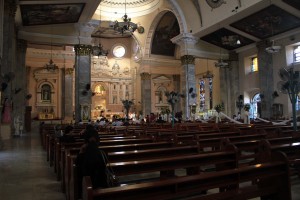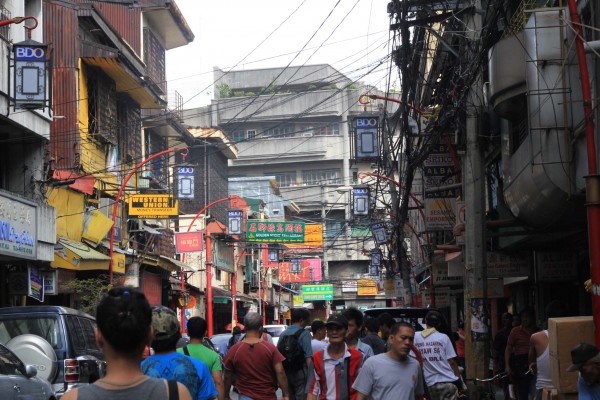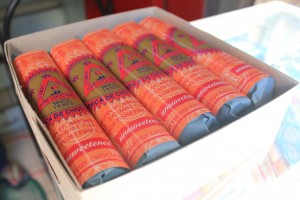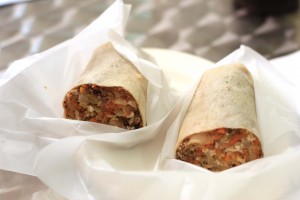WHEN I ENTER THE oldest church of the oldest Chinatown in the world, I notice I’ve walked into the middle of a Chinese-Filipino wedding. The groom is grinning in his white satin jacket and bright red shirt. The bride wears, of course, pure white.
The couple is in good matrimonial company in Binondo Church. Andres Bonifacio married here in 1895; he was a poet, and the Supremo of the Katipunan, the nineteenth-century Philippine revolutionary force that fought the colonizing Spaniards. The Spaniards who, in 1594, allowed the Chinese community to settle in this area of Manila, then, in 1596, built this church.







